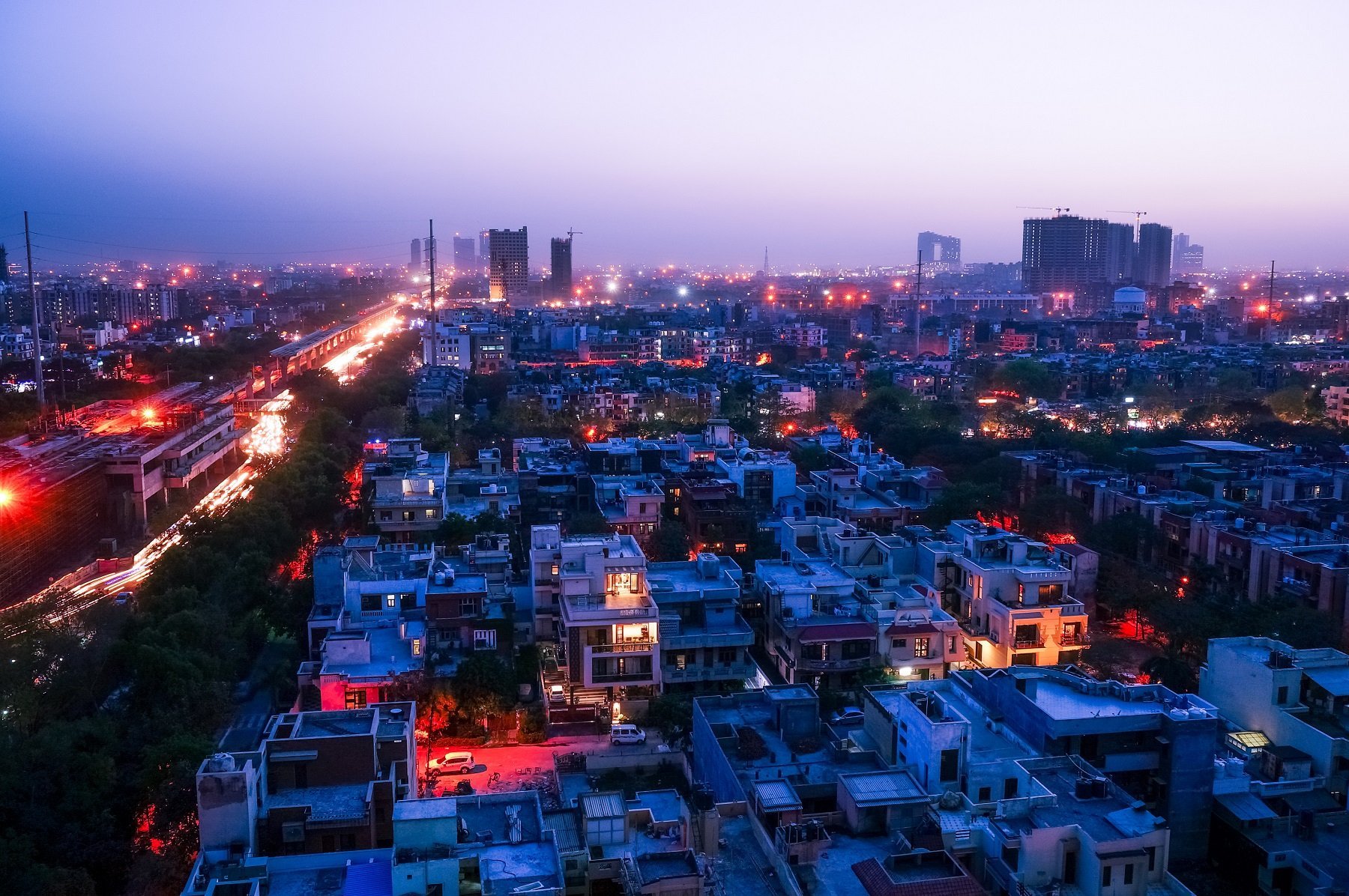Pandrah Minats of Fame…India’s Real Estate has its Minsky Moment
Hyman Minsky finally got his fifteen minutes of fame – what Wall Street came to call “the Minsky Moment”- when everything he said about the instability of a sliced and diced, over-hyped subprime property market turned out to be true after all. He sadly died twelve years before his moment arrived, but it didn’t make it any less important. As far as Minsky was concerned investment (in its pure sense) is by far the most important driver of economic growth: far more important than government spending levels, consumer spending and the general trajectory of money wages. Because while money wages and government spending can enhance or dampen economic stability (or relative instability as Minsky would have it), investment is the key to growth and it is inextricably bound up with financial markets, capital asset prices and, of course, profits.
And on that basis Indian real estate is currently having fifteen Minsky Minats of its own…
Mumbai domestic property sales jumped to their highest levels in four years by the end of 2019, with developers switching focus to affordable housing projects rather than the multi-billion rupee, high rise apartment blocks (take note Donald Trump). And despite a perceived tightening in the subcontinent’s finance markets, local sales rose by 22% with the same trend being mirrored across the subcontinent where new starts in seven major cities were up by an equally healthy 21%. Compare that with London, where comparable available data for sales and new starts showed 1.3% growth and a fall of 11% respectively: and with just 39,500 new UK starts in the third quarter, this means 87 new homes for the 3.4 million young adults still living with their parents.
Perhaps predictably, Indian commentators are now pointing to these localised property trends as “clear evidence” of a pent up demand in residential markets, with the Chairman of Anarock Group, Anuj Puri, placing particular emphasis on a resurgence in affordable housing: “One of the major factors that helped Mumbai become the showstopper in 2019 was a conscious decision by developers to bridge supply and demand between the competing demands of commercial and residential property…Mumbai saw maximum supply in the affordable housing category which is something unusual for this market."
But what’s so Minsky about all that?
Well, in stark contrast to the surge in sales of affordable housing, overall growth in India’s commercial property markets slowed to 5% over the course of 2019, albeit from a stellar base of 17.6% in 2018: and that was largely due to a semi-toxic cocktail of demonetisation (obviously: when in doubt blame demonetisation), a new regulatory and tax structure widely thought to have placed a chill hand on commercial developments and, perhaps most of all, a squeeze in available non-bank finance (shadow lending), with sector participants suffering noticeably over the last year and one of them in particular, Dewan Housing Finance, being hit by interest defaults, a moratorium on new deposits and delayed commercial debt repayments (citing “cashflow problems” of course: when in doubt blame demonetisation and cashflow problems). And to state the obvious, Dewan is not long in affordable housing investments which is precisely the point…
According to Minsky’s hypothesis, this kind of squeeze in available finance will reduce investment levels because there then is a natural tendency for the value of capital assets to decrease invalidation of existing debt decisions: in other words, a (forward) decision to invest in capital assets is necessarily coloured by the (existing) liability structure of the business, with cash flow and current asset values acting as the two ends of a decisionmaking see-saw. And that toxic cocktail we were talking about just now, it might have eroded confidence in commercial developments, but it’s hardly touched affordable housing at all: particularly as these projects are still supported by a series of major initiatives introduced by Prime Minister Modi’s Government (including further incentives in the most recent Union Budget).
The fact is residential property and affordable housing simply aren’t so dependant on non-bank finance, and India’s regulatory and tax regimes are positively working in their favour meaning capital asset values remain strong as do profit levels. As a result, the commercial and residential property markets are gradually peeling apart: asset values in affordable housing have increased and tipped the decisionmaking seesaw in favour of new investment, and that’s what’s given rise to the current boom.
And for those still in search of additional evidence, look no further than the unsold housing inventory which declined across India by 4% in 2019: In the same period average residential prices increased by 1% and it’s all now buttressed by the government’s $3.5 billion safety net for developments still in danger of succumbing to the toxic cocktail.
Hiram Minsky would have been pleased…

Modulex Construction is the World’s largest and India’s first Steel Modular Building Company, working to meet the opportunities of India’s real estate markets in a practical and focussed manner. It was established by Red Ribbon to harness the full potential of these fast-evolving markets and deliver exciting opportunities for investors: because, when it comes to investing in property on the subcontinent, nobody knows its markets better than Red Ribbon.
Executive Overview
I was fascinated to see the latest residential property sales figures from India: the market is certainly buzzing and recent incentives introduced in the Union Budget look set to see it surge even further forward.
Minsky moment or not, it’s a game-changer.







Leave a Reply